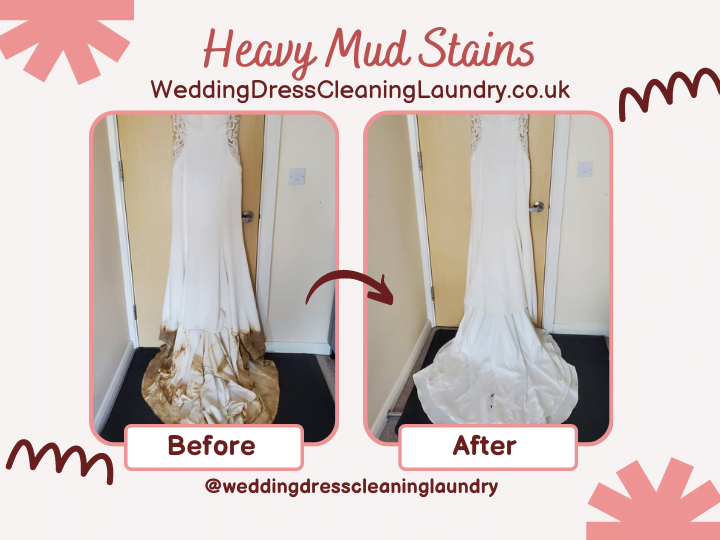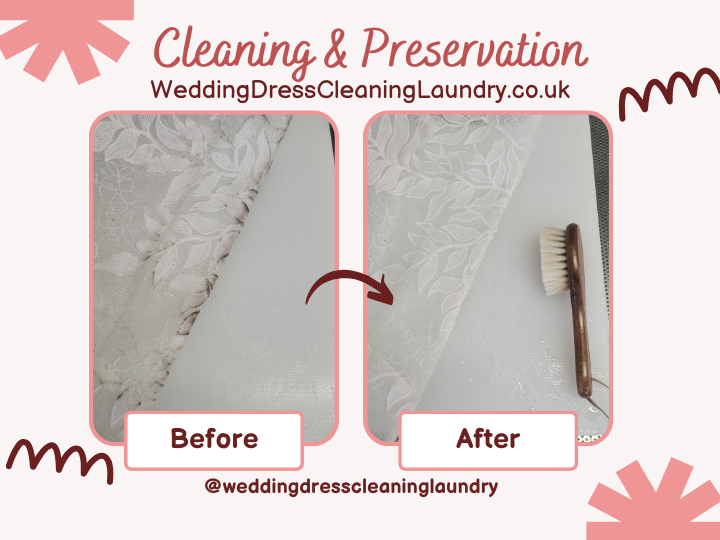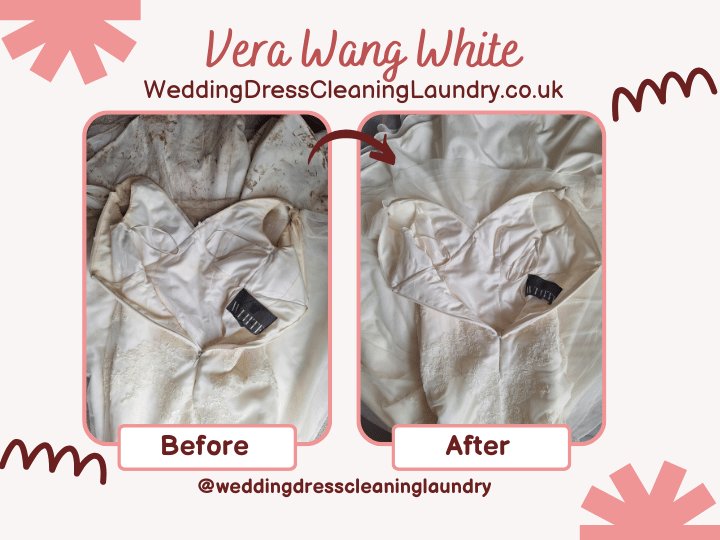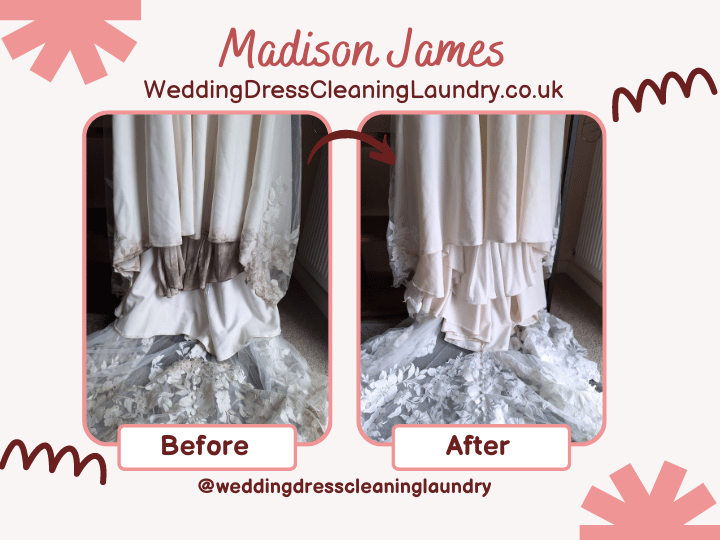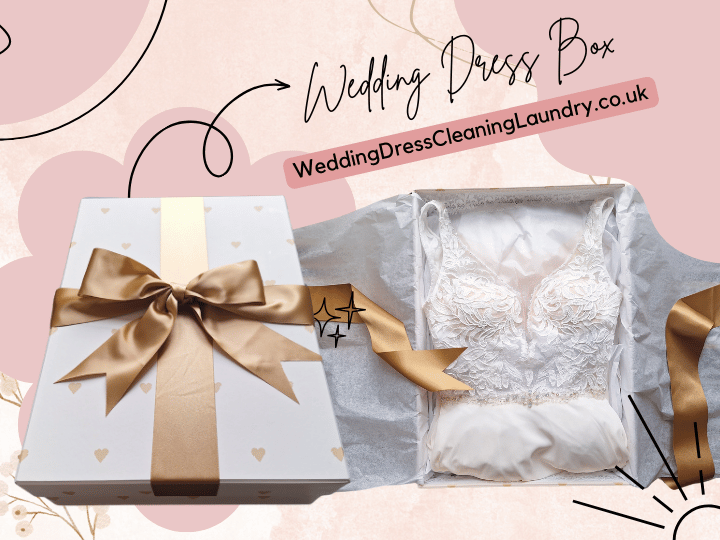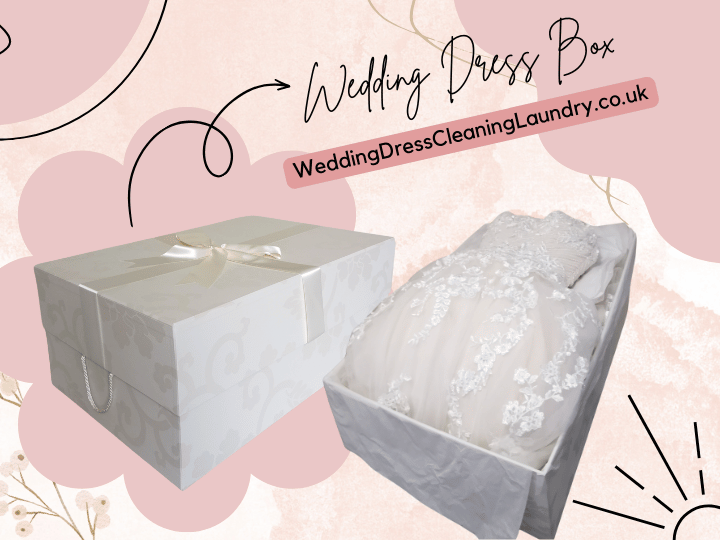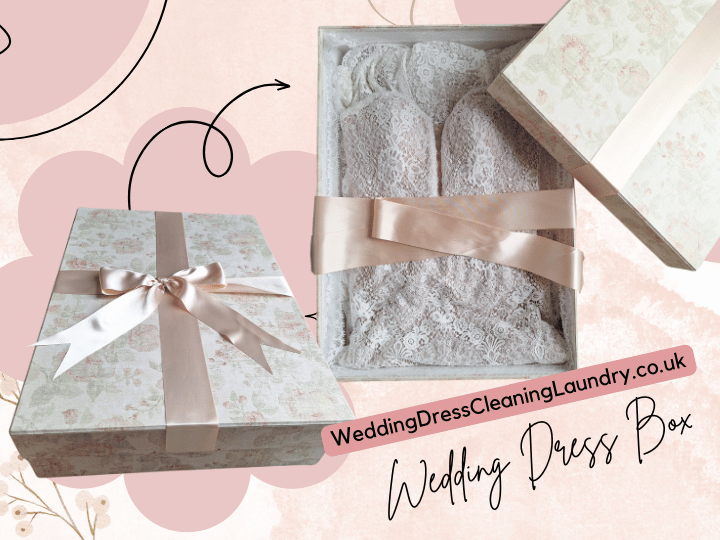Wet and Dry Cleaning for Wedding Dresses
Discover the benefits of wet cleaning and dry cleaning for wedding dresses. Learn how our expert methods, including spot cleaning for stubborn stains, ensure your gown remains pristine.
ALL CLEANING METHOD
DRY CLEANING (OIL SOLUBLE DIRT)
WET CLEANING (WATER SOLUBLE DIRT)
SPOT CLEANING ( VERY STUBBORN STAINS)
Understanding Dry Cleaning
The term "Dry Cleaning" can be misleading, as it implies that no liquid is involved in the process. In reality, dry cleaning uses liquids other than water to clean fabrics. This method was discovered accidentally in the 1800s when a Frenchman spilled kerosene on dirty laundry, noticing that the kerosene removed stains effectively. This discovery led to the development of a kerosene-based cleaning service in Paris, marking the inception of dry cleaning.
In modern dry cleaning, Perchloroethylene (commonly known as "Perc") is predominantly used. Perc is a powerful solvent that is less abrasive on garments compared to traditional washing methods. It effectively cleans oil-soluble and soil-based stains without causing fabric shrinkage. However, Perc is highly toxic, carcinogenic, and flammable, necessitating careful handling by professional dry cleaners. After use, Perc is captured and reused to minimize environmental impact.
Modern Dry Cleaning Alternatives
Besides Perc, other solvents like liquid silicone and liquid CO2 are used in dry cleaning. Liquid silicone is safer for the environment but is more expensive than Perc, often costing more than double. Liquid CO2, while effective, contributes to global warming as it releases significant amounts of CO2 per cleaning cycle and requires expensive machinery.
Dry cleaning machines resemble large, advanced versions of domestic washer-dryers. They use heated solvents (typically at 30°C or 86°F) to clean garments. This precise temperature control is crucial; temperatures above 30°C can damage fabrics, while lower temperatures may be ineffective.
Wet Cleaning: A Gentle Alternative
Wet cleaning is an eco-friendly alternative to dry cleaning, using water and mild, non-toxic detergents. This method is particularly suitable for water-soluble stains and is gentle on delicate fabrics like silk and viscose. Wet cleaning is safe for sensitive textiles, avoiding risks like shrinking, felting, or color loss. It is also beneficial for individuals with sensitive skin, as it leaves no chemical residues on garments.
Our wet cleaning technology ensures that your wedding dress is cleaned thoroughly and gently, maintaining its beauty and integrity. This method considers various factors such as fabric type, color, design, layers, beadings, structure, and accessories. Depending on these factors, we may use wet cleaning, dry cleaning, or a combination of both to achieve the best results.
The Cleaning Process
Dry Cleaning
- Inspection: Each wedding dress is inspected for stains, embellishments, and fabric type.
- Pre-Treatment: Stubborn stains are treated individually with specialized solutions.
- Cleaning: The dress is placed in a dry cleaning machine with Perc or other solvents. The machine gently agitates the dress while maintaining a precise temperature.
- Solvent Recovery: Used solvents are captured, purified, and reused, minimizing environmental impact.
Wet Cleaning
- Inspection: Similar to dry cleaning, the dress is carefully inspected.
- Pre-Treatment: Water-soluble stains are pre-treated with mild detergents.
- Cleaning: The dress is washed using water and biodegradable cleaning agents in specialized machines that prevent shrinkage and damage.
- Rinsing and Drying: The dress is rinsed thoroughly to remove all cleaning agents and then dried under controlled conditions to maintain fabric integrity.
Finishing Touches
After cleaning, the dress undergoes finishing processes to restore its original appearance:
- Drying: Dresses are placed on specially shaped hangers and dried in a room with controlled temperature and humidity.
- Ironing and Pressing: Garments are ironed and pressed to remove wrinkles and restore their shape. Special attention is given to delicate fabrics and embellishments to avoid damage.
Conclusion
Both dry cleaning and wet cleaning offer distinct advantages depending on the type of stains and fabric involved. At our shop, we carefully evaluate each wedding dress to determine the most suitable cleaning method. Our goal is to preserve the beauty and integrity of your gown, ensuring it remains a cherished keepsake for years to come.



